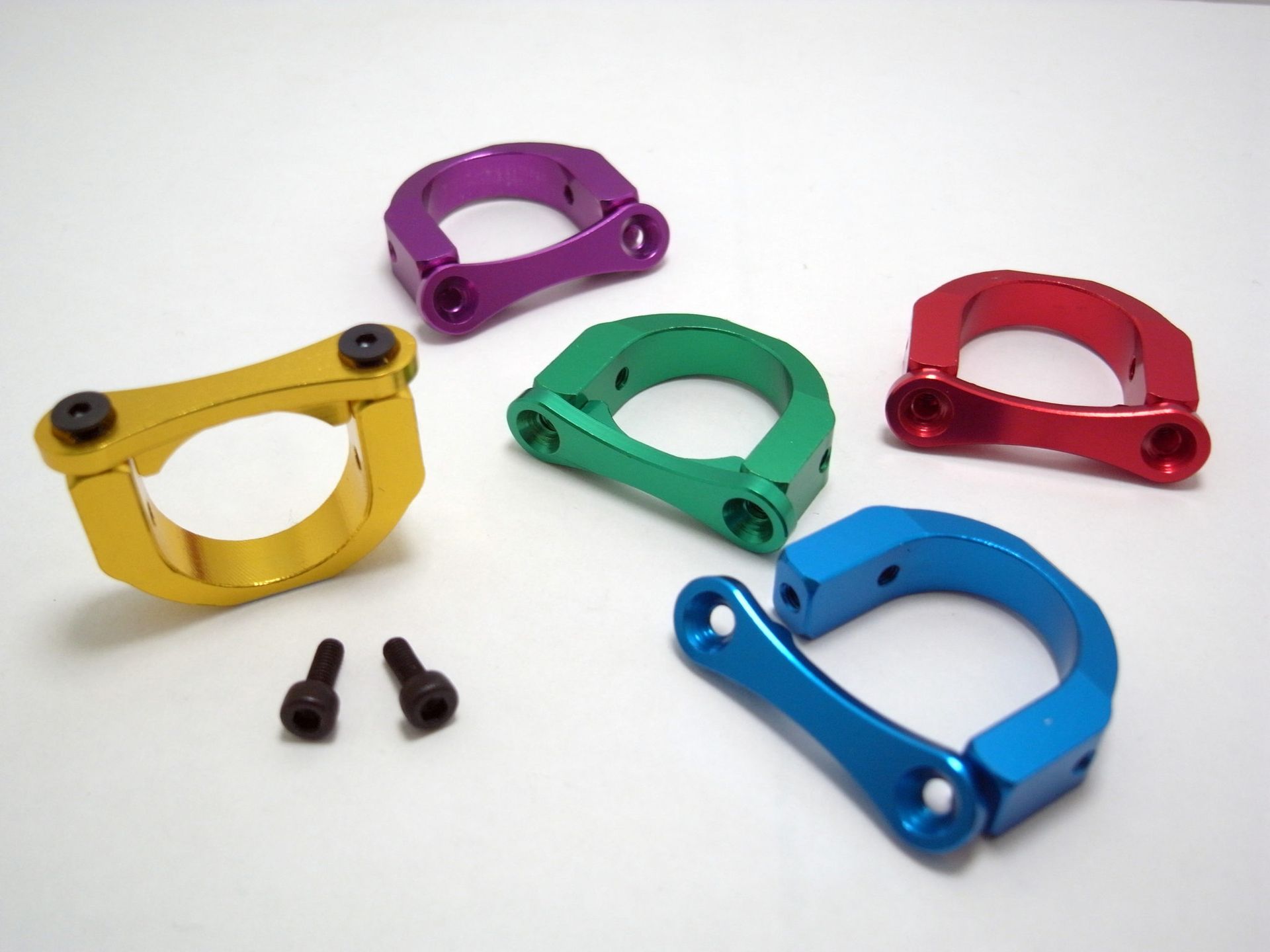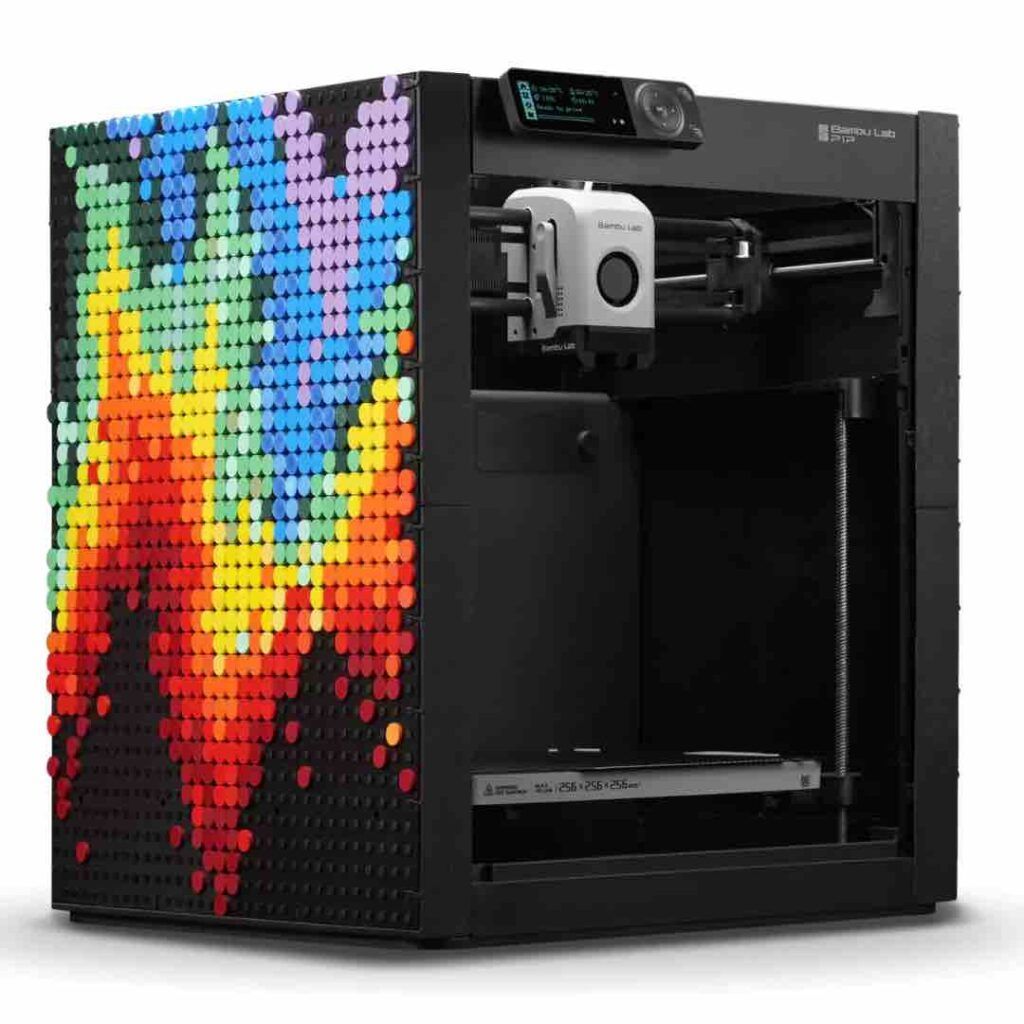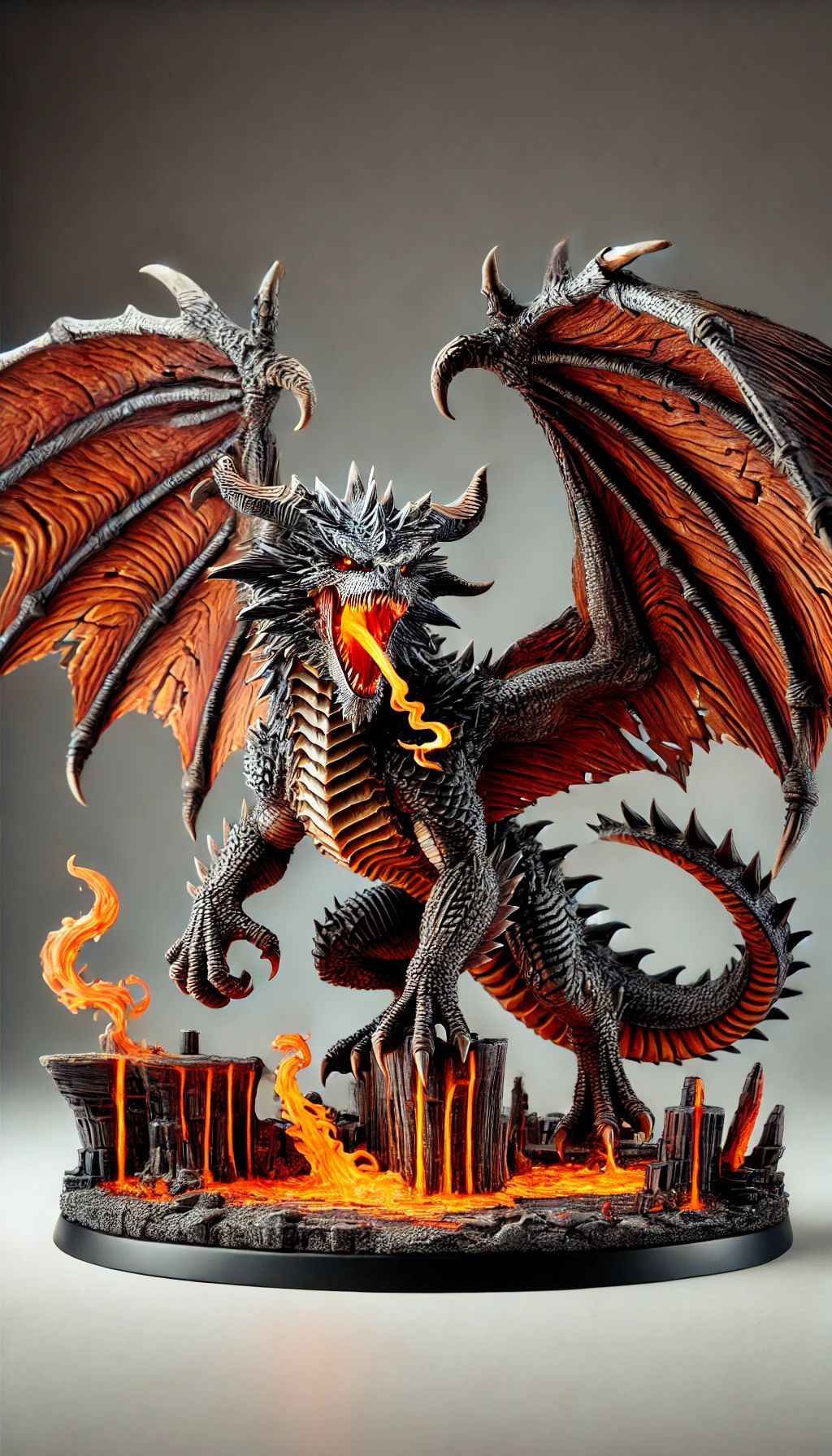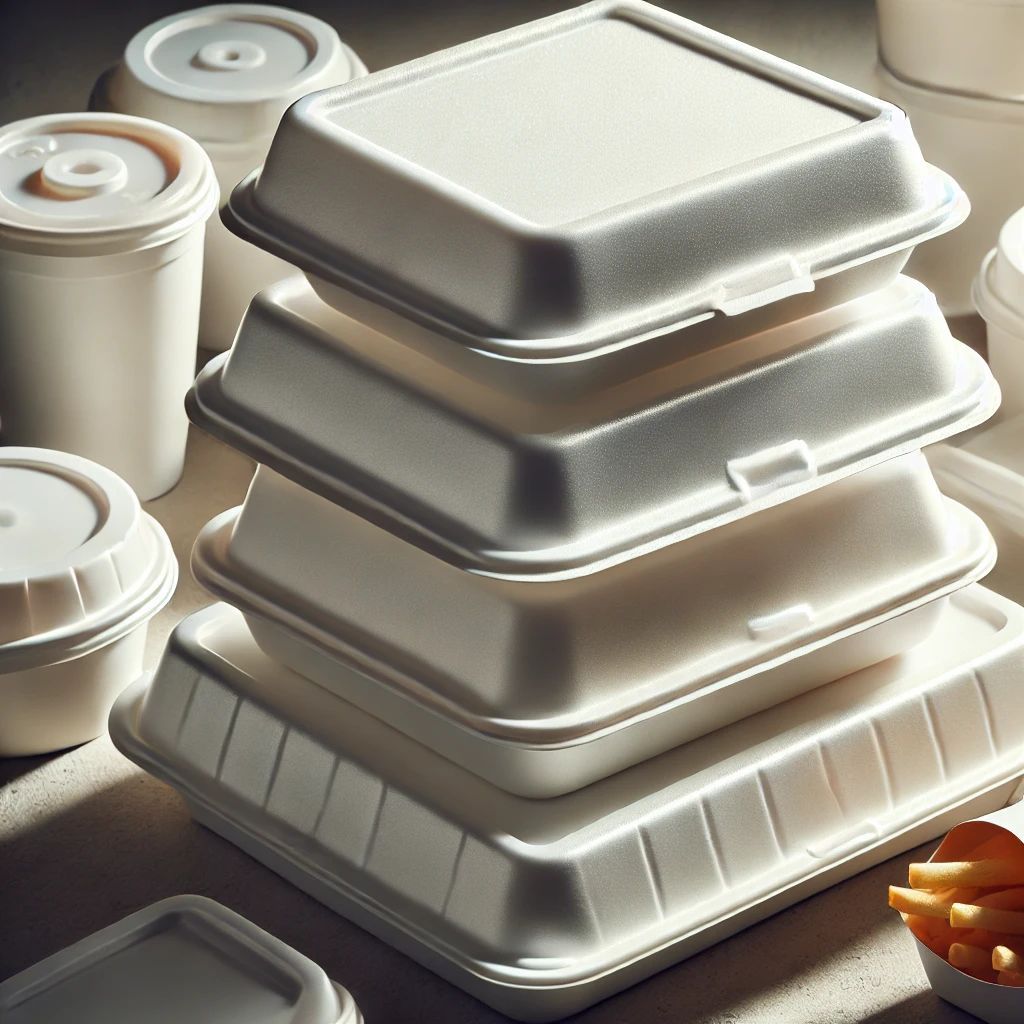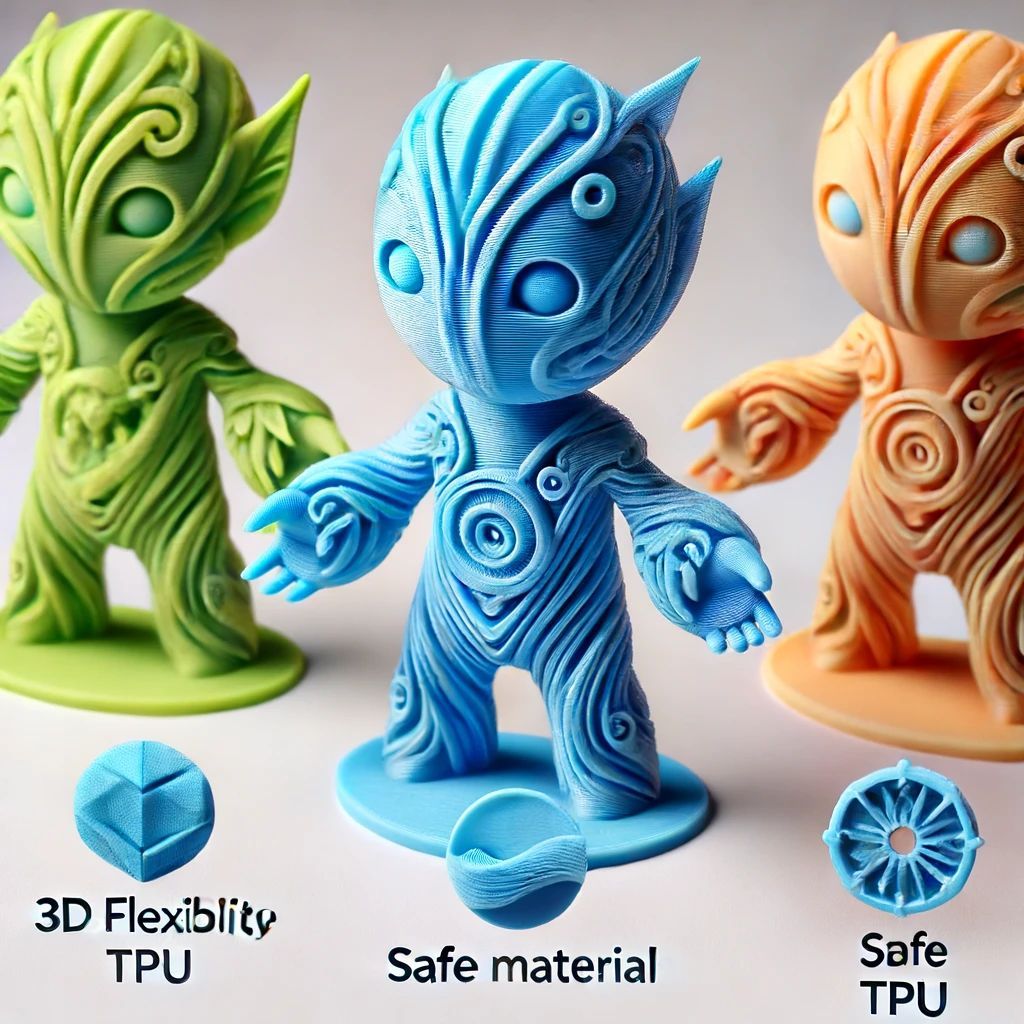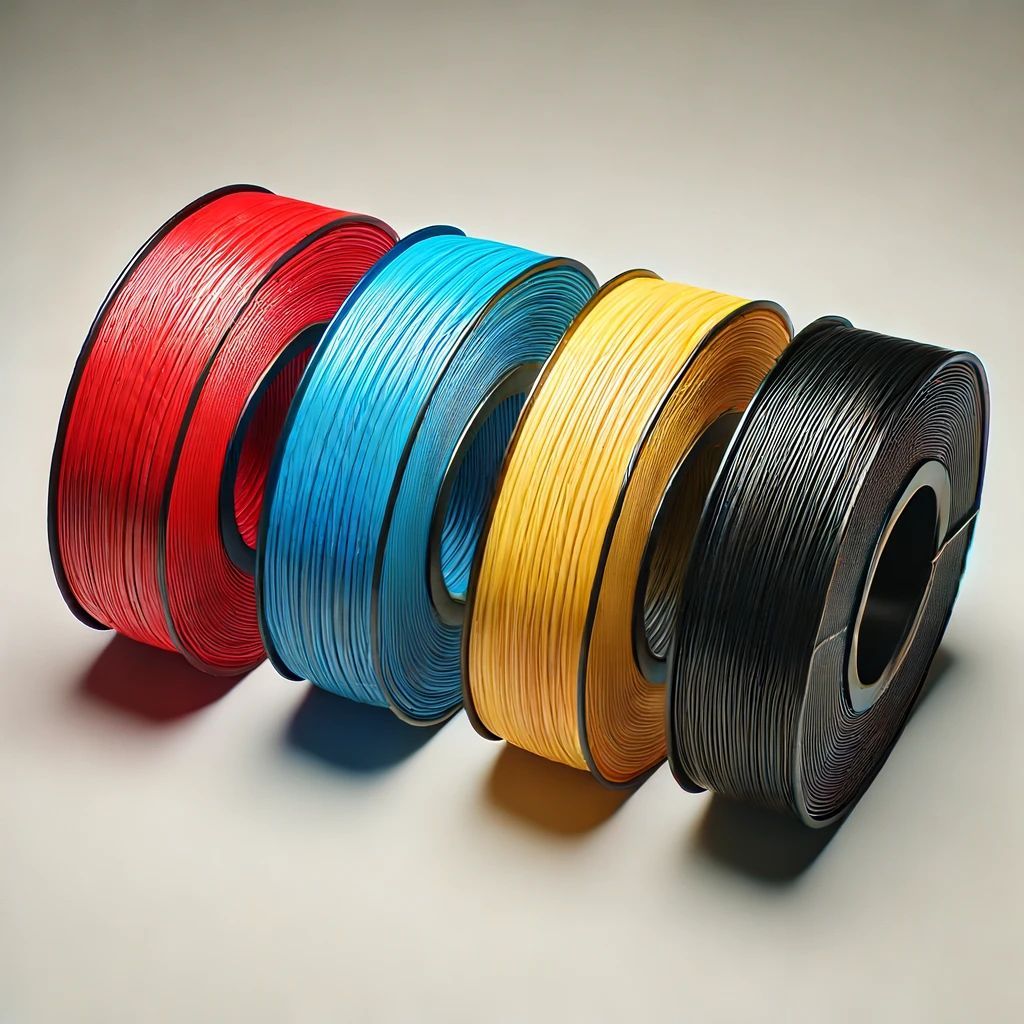3D Printing in the Casting Industry
3D Printing in the Casting Industry: What's Happening and Why Is it Important?

The casting industry has been experiencing a transformation in the way parts are made for more than a century now. From manual sand casting, to foundry-produced iron, bronze and aluminum alloy castings, and finally to sandless or hollow-cast technology – the scope of innovation in this segment continues to widen. Today’s advancements in 3D printing are now merging with these earlier innovations and creating disruptive change once again.
Scope of 3D printing in the casting industry
3D printing is a process of applying additive manufacturing, which is the construction of a three-dimensional object from a digital model. It is a technology that is capable of creating a wide range of products, including end-use parts, tools and molds, as well as plastics, metals, and ceramics. To this end, the process can be used for making a wide variety of products, including jet engine components, hip implants, hearing aids, dental crowns, and even toys. In the casting industry, 3D printing is already being used for the production of sand cores, patterns, and cores for castings, as well as for some investment casting applications.
Why is 3D Printing Important in the Casting Industry?
The casting industry has been experiencing a transformation in the way parts are made for more than a century now. From manual sand casting, to foundry-produced iron, bronze and aluminum alloy castings, and finally to sandless or hollow-cast technology – the scope of innovation in this segment continues to widen. Today’s advancements in 3D printing are now merging with these earlier innovations and creating disruptive change once again.
What are the advantages of additive manufacturing in casting?
The ability to create parts with complex geometries is one of the most significant advantages of 3D printing in casting. With conventional methods, complex parts made with large amounts of material and that have intricate geometries are more likely to break during the casting process. As a result, they are difficult to produce and are generally expensive. With 3D printing, however, these issues can be overcome, even when the part contains 20% to 30% metal. In addition, 3D printing supports the casting of low-melting-point materials that are difficult to cast or that experience a high level of porosity. The ability to manufacture intricate parts can also partially eliminate the need for secondary operations, such as machining, EDM, and grinding.

3D Printing and Castings: Finding the Right Material Match
To a large extent, the selection of materials for 3D printing will depend on the type of casting process that is being used. In general, materials that can be used to make investment castings are not appropriate for sand castings. And vice versa, not all materials are suitable for all processes. For example, aluminum aluminides are suitable for sand and investment casting. In investment casting, stainless steels such as 316L and 347 are also suitable. In sand casting, on the other hand, stainless steel is not suitable, as it is difficult to remove the material from the sand.
3D Printed Castings: Where Will They Be Used?
The ability to produce metal parts with low porosity, intricate geometries, and fine features that are difficult or impossible to cast conventionally makes 3D printing an ideal process for the production of castings. Among the parts that can be produced in this way are complex metal castings such as those used in the automotive, marine, and aerospace industries, as well as furniture and sporting goods. Due to the low level of porosity of the castings, top-quality surfaces can be produced, and the parts can be used in applications that require a high level of quality, such as dental and medical equipment and luxury goods. The process can also be used for the production of prototypes for the automotive and other industries, where it can be used instead of a rubber mold.

Conclusion
Casting is the most widely used method of producing metal parts. While it is an established and mature technology, it is also a process that can be limited by the complexity of the geometry of the part. With 3D printing, more complex parts can be produced, and this can open up new opportunities for the industry.




